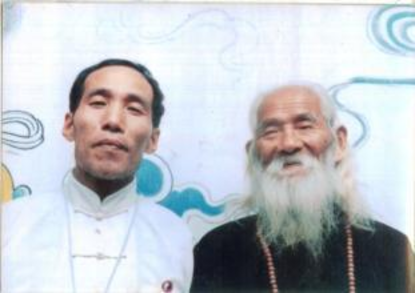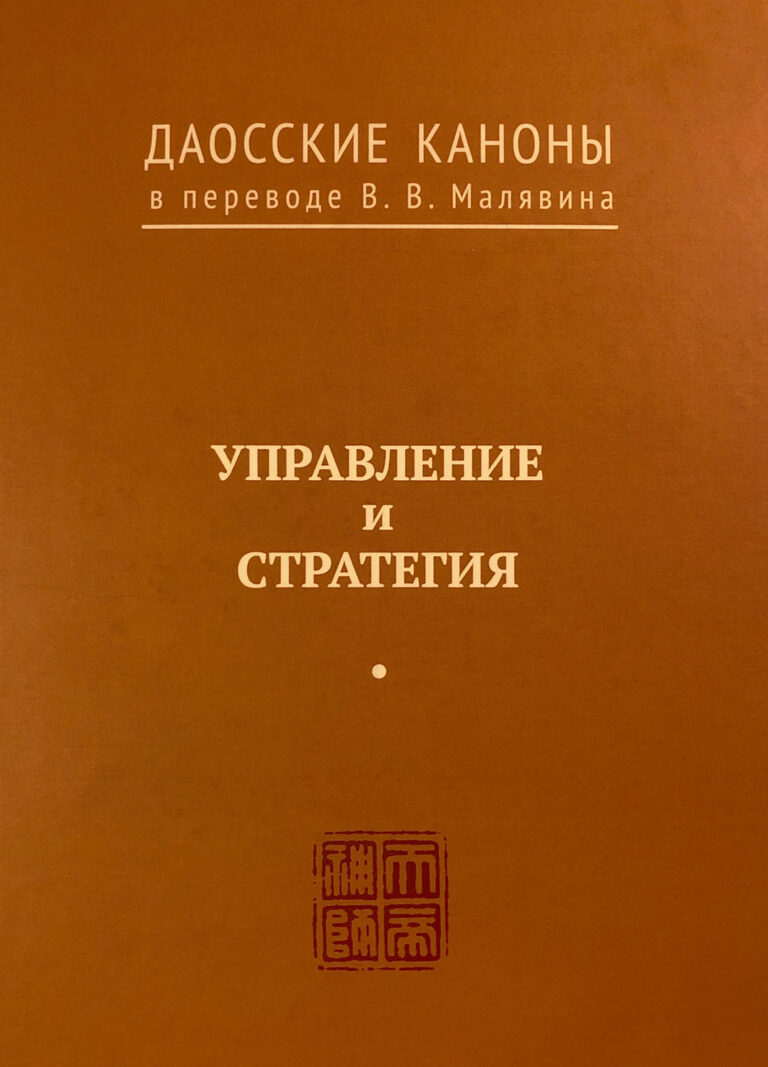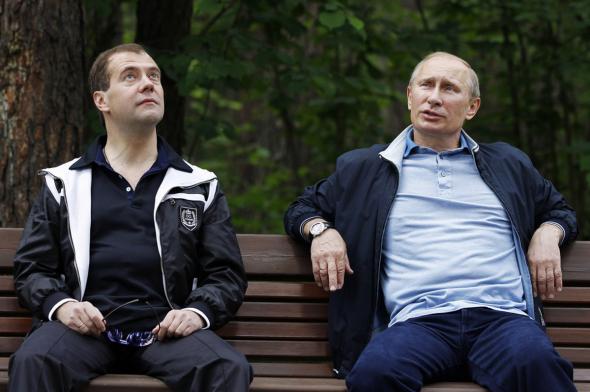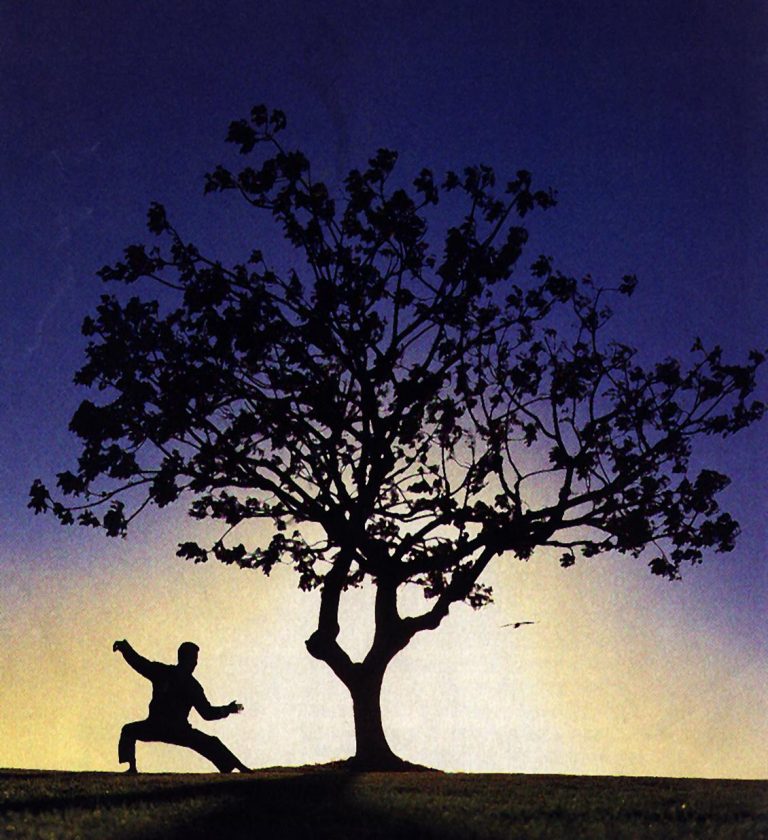HARMONY AND BEYOND
officer and explorer Vladimir Arseniev and the aboriginal hunter Dersu Uzala can serve the paradigmatic example of this kind of relationship. This story has a tragic end: Dersu Uzala’s encounter with the modern civilization leads to his death. Even more compelling, and this time optimistic, example of this kind of human relations is presented in the story “Ren shen” by Mikhail Prishvin (1930): a Russian soldier runs from the war in Manchuria to the forest and develops a strong friendship with a Chinese who moved there from Shanghai. Life in the forest helps both men to rediscover the fundamental values of human existence and finally leads them to the success in conventional society. Such stories represent an Eurasian corollary to the Robinsonian epics of the West. They depict the spiritual progress culminating in the experience of perfect communicability. Like Desert Fathers who in the beginning of Christian era made possible the complete renovation of social order by distancing themselves from society, modern hermits and their retreats facilitate the transit to the new type of human sociality that corresponds to the present conditions of informational civilization.
The legacy of the above mentioned stage is especially strong and vital in Russian civilization with its unsurpassable capacity for accommodating and realigning with cultures of Asia[1]. Meanwhile, Russian mentality remains alien and even hostile to European idea of formal union based on the supremacy of law.
The distinctive feature of the second stage of the Eurasian meta-civilizational commonwealth is the existence of reflection on the nature of human sociality. This achievement was accompanied by the invention of writing, the appearance of state and morality, the need for self-cultivation. In China and neighboring countries its most notable expression is the culture of ritual[2]. Yet the ritualistic model of culture does not eliminate intimate and spontaneous communication. Quite the opposite: it finds support in it. Not accidentally, tradition ascribes to Confucius an admonition: “When the ritual is lost, search for it among savages”.
Let me repeat: civilizations of Eastern Asia do not search for their foundation in transcendental principles, ideas, essences and dogmatic religions that can impose on reality some kind of ideal model or norm. Asian societies, including Russia, are bound together not by ideas or even ideals but by self-cultivation (gongfu 功夫 in Chinese, podvig in Russian) that reveals the deepest layers of consciousness. Distinction between enlightened and profane persons are of crucial importance in this type of cultures. Once again, this irremovable boundary creates no conflicts because authority in such society is based on self-overcoming.
On the surface of it, this society is a network of knots, points of intersections of polar forces and mutual reflections, in a word – a crystal-like interactive space with its mysterious depth of transformational implosions. The real basis of Asian unity from the Volga river to the Sea of Japan, if there is one, should be sought in the continuity between primary, pre-cultural encounter qua awakening, “the meeting of hearts” (xin hui 心會) and sophisticated forms of
[1] Let me recall that under Russian rule over Siberia and Far East, local conflicts notwithstanding, not a single aboriginal tribe was exterminated.
[2] There are of course quite a few regional variants of this civilizational pattern represented by the countries like Korea, Japan, Vietnam, Mongolia etc. The issue of these regional differences is too complicated to be treated in this paper.






